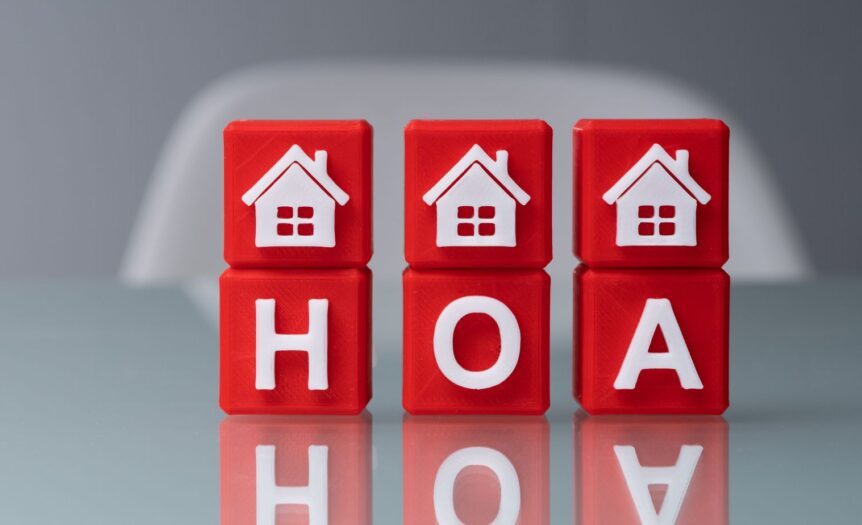Maintaining the beauty and functionality of community gardens and common areas is essential to creating a pleasant and welcoming neighborhood. In many communities, these spaces serve as gathering points where residents can relax, socialize, and enjoy nature. However, without proper oversight, these areas can quickly fall into disrepair. This is where homeowners’ association (HOA) management plays a critical role.
HOA management ensures that common areas and gardens are well-maintained, aesthetically pleasing, and environmentally sustainable. Effective management can enhance the overall appeal of the neighborhood and increase property values for all residents. For those seeking more guidance on this, professional HOA management services can provide the expertise needed to maintain these areas effectively.
The Importance of Well-Maintained Common Areas
Common areas such as parks, walking trails, playgrounds, and community gardens are often the heart of a neighborhood. They provide spaces for outdoor activities, enhance the community’s appearance, and foster a sense of pride among residents. When these areas are well-maintained, they create a positive atmosphere that benefits everyone. On the other hand, neglect can lead to overgrown gardens, broken amenities, and unsafe conditions.
HOA management is responsible for ensuring that these spaces remain functional and attractive. This involves tasks such as regular landscaping, repair and replacement of equipment, and ongoing assessments to address potential hazards. By staying proactive, HOAs help preserve the value and enjoyment of these shared spaces.
Landscaping and Garden Maintenance
One of the key responsibilities of HOA management is to maintain the community’s landscaping and gardens. This includes mowing lawns, trimming trees and shrubs, planting seasonal flowers, and maintaining irrigation systems. Proper landscaping not only keeps the community looking beautiful but also promotes a healthy environment.
Community gardens are often an integral part of the neighborhood’s green space. These gardens require careful planning and consistent upkeep to thrive. HOA management can support the success of community gardens by organizing volunteer groups, providing necessary tools, and ensuring that the garden’s design aligns with sustainable practices.
HOAs can also implement eco-friendly landscaping techniques, such as using native plants, minimizing water usage, and reducing chemical inputs like pesticides and fertilizers. These practices promote environmental sustainability and reduce maintenance costs over time.
Managing Amenities and Common Areas
In addition to gardens, HOA management is responsible for maintaining various amenities within common areas. This can include playgrounds, sports courts, pools, and picnic areas. These amenities must be kept in good working order to ensure they are safe and enjoyable for all residents.

Regular inspections are a key part of this process. By identifying wear and tear early on, HOA management can address issues before they become bigger problems. For example, a small crack in a playground slide can be repaired quickly, preventing a potential safety hazard and avoiding costly replacements later.
HOA management also plays a role in organizing community events that utilize these common areas. Whether it’s a neighborhood BBQ, a gardening day, or a seasonal festival, well-planned events help foster a sense of community and encourage residents to make the most of these shared spaces.
Budgeting for Maintenance and Improvements
Effective HOA management involves not only maintaining the status quo but also budgeting for future improvements. Over time, gardens and common areas may require upgrades or renovations. For example, an aging playground may need new equipment, or a community garden might benefit from installing raised beds or a drip irrigation system.
A well-managed HOA plans ahead by setting aside funds for such improvements. This ensures that the community’s shared spaces can be updated and enhanced over time without putting undue financial strain on residents. It also allows the HOA to address unexpected repairs, such as storm damage, without compromising the quality of the common areas.
Fostering Resident Involvement
Successful maintenance of community gardens and common areas often depends on the involvement of residents. HOA management can foster a sense of ownership by encouraging homeowners to participate in the upkeep and improvement of these spaces. This can be done by organizing volunteer gardening days, setting up committees for specific amenities, or hosting community clean-up events.
When residents are involved, they are more likely to take pride in the neighborhood and help ensure its ongoing success. Additionally, resident input can help HOA management make decisions that align with the community’s desires, leading to greater satisfaction among homeowners.
Enhancing Property Values
Well-maintained common areas and gardens have a direct impact on property values. When potential buyers visit a community, the first impression is often based on the appearance of the shared spaces. Clean, well-kept areas signal that the neighborhood is well-managed, increasing the attractiveness of the community as a whole.

A neighborhood with beautiful green spaces, functional amenities, and a thriving community garden is more likely to appeal to prospective buyers, which in turn can raise property values for current residents. HOA management ensures that these areas are regularly maintained and improved, creating long-term value for the entire community.
Conclusion
HOA management plays a vital role in maintaining the beauty and functionality of community gardens and common areas. By overseeing landscaping, ensuring the upkeep of amenities, and fostering resident involvement, HOAs help create a pleasant and sustainable environment for everyone to enjoy.
Effective management of common areas is not just about keeping things looking good—it’s about creating a space where residents feel proud to live, gather, and connect with nature. When an HOA is proactive in maintaining and improving these shared spaces, the entire community benefits.








